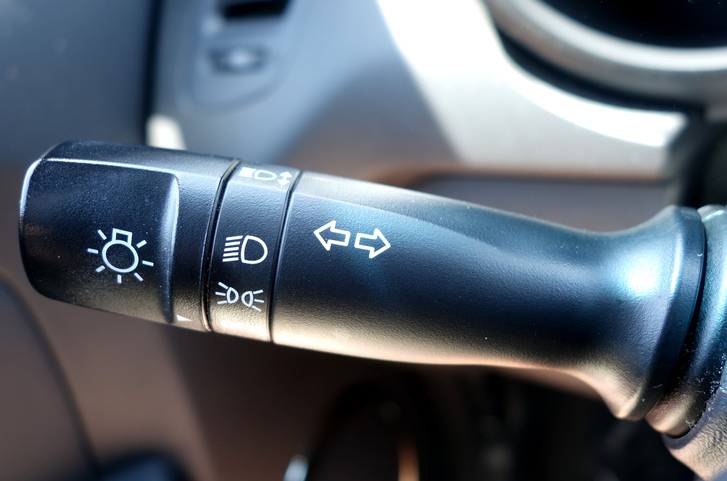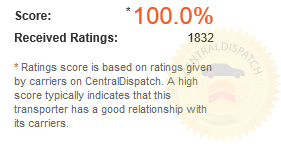Signaling before changing lanes
Checking your blind spot
Wrapping up

Signaling before changing lanes
When you drive on any road or highway that has multiple lanes there is a good possibility that you will need to change your lanes a few times. Depending on the amount of traffic around you and the speed that it is traveling, changing a lane can be fairly dangerous if not properly executed. Unfortunately, in Puerto Rico, other drivers in traffic can tend to drive pretty aggressively which can include speeding, tailgating and changing a lane themselves without warning. Thus, its exceptionally important that you change your lane in Puerto Rico with the correct technique and safety.
Making a safe lane change will always start with properly signaling. Obviously, if you intend to get into the lane to the right of you, activate your right turn signal and vice versa for changing lanes to the left. However, you also must signal with enough time to warn other driver’s of your intent.
To be safe, always activate your turn signal at least a hundred feet prior to changing your lane and keep it on until you have completed changing your lane. As we mentioned, some drivers in Puerto Rico might be a bit over-aggressive, so if you signal before changing lanes you might notice certain driver’s using that to speed ahead in the next lane so as to not let you in. Do your best to ignore them and then change lanes once they pass.
Checking your blind spot
Once you have signaled your intent to change lanes for at least a hundred feet, it will be time to change lanes if the coast is clear. For the most part, you will be able to use your rear and sideview mirrors for this. You also must check what is most often referred to as your blind spot first. When you are driving, your blind spot is an area that is both to one side of your car as well as a bit to the rear simultaneously. If there is a car driving in this position, you will not be able to see it with any of your mirrors. Thus, you will need to “check your blind spot.”
In order to check your blind spot when driving:
- Ensure the road ahead will allow you to check your blind spot – In order to check your blind spot, you will need to turn your head slightly over your shoulder. If there is a fast-approaching obstacle ahead, deal with that before checking your blind spot or changing lanes.
- Turn your head over your corresponding shoulder – If the coast is clear in front of you, then you can quickly turn your head about ninety to a hundred degrees of the way over the corresponding shoulder and see if there is another car in the lane that you are going to change into but slightly behind which will prevent you from safely changing lanes. Only keep your head turned for half a second as that is all the time you will need and any more time with your eyes off of the road could be dangerous.
- Change your lane if your blind spot is clear – If you have found that your blind spot is clear, and you have signaled for over a hundred feet, you may then change your lane.
- As you change your lane, be ready to react to a horn – When you are finally changing your lane, it is possible in the moment after you checked your blind spot and before you started changing lanes that someone crept into your blind spot. So, if you hear a car horn when you start changing lanes, quickly retreat into your former lane and then start the lane change process again.
Wrapping up
Changing your lane can be pretty treacherous at times. This is unfortunately the case most of the time in Puerto Rico due to routine over aggression of some drivers. So, you will want to make sure that you go by the book as much as you can both in terms of technique and safety when changing a lane in Puerto Rico. Always signal at least a hundred feet prior to beginning to change your lane and never forget to quickly check your blind spot before you change your lane. If you want a car shipped either to or from Puerto Rico, you can get a free instant quote online anytime


